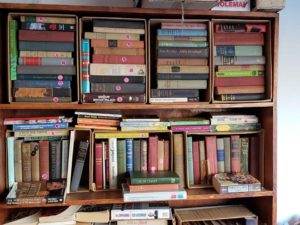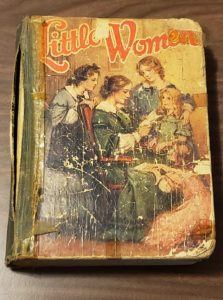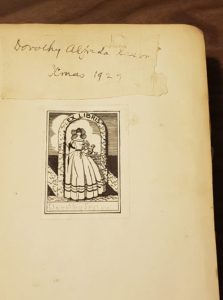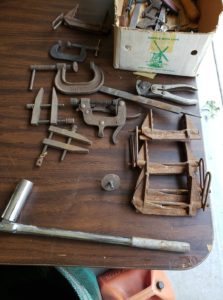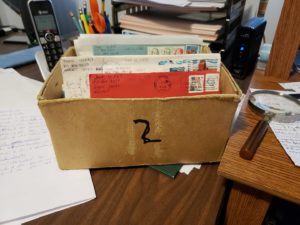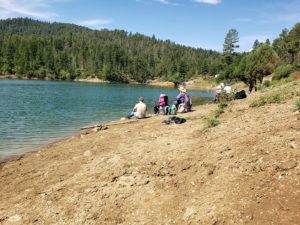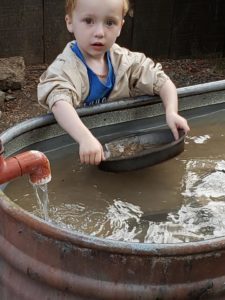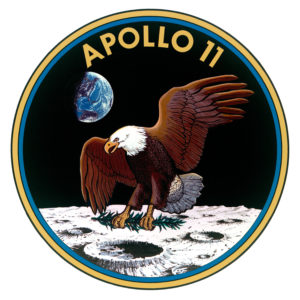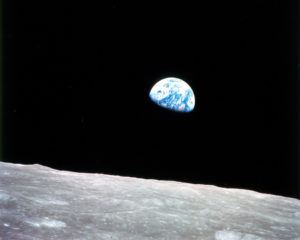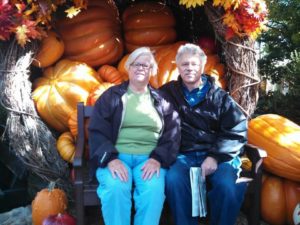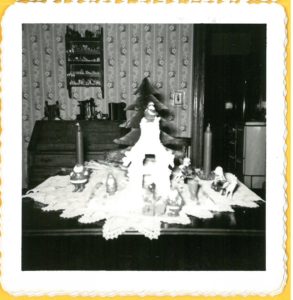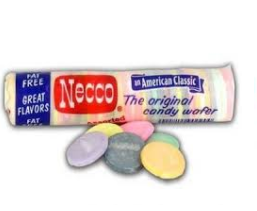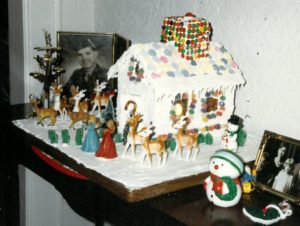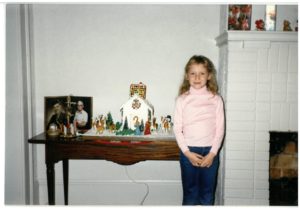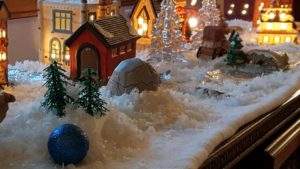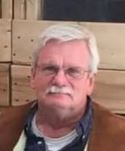
About five months or so into the corona virus pandemic I began seeing social media posts to the effect “Do you know anyone who has had covid? Do you know anyone who has died from covid?” The implication, of course, was that this disease wasn’t so bad and was being blown way out of proportion by individuals in the government who wanted more control over our lives. The longer we got into the pandemic you saw fewer of such posts as more as more people caught it and more and more died. Yes, it was then and still is a serious disease, worthy of being treated seriously.
For Lynda and me, an acquaintance in our daughter’s church died from it last spring/summer. Then, on Saturday a second person we know, Victor Turnage, died from it after a long battle in the hospital. He leaves his wife, Joyce, two sons, and four grandchildren.
They came to the Northwest Arkansas around 1995 or 96 from central Missouri. Vic worked then for Contractor Supply. They lived in Bentonville and began attending our church. Within the first week or two we had them over for dinner after church and we hit it off as good friends. Vic is about my age, was involved in construction, was interested in serving in the church, and so we had much in common. We went out for lunch often after church and were frequently in each other’s homes in evenings to play table games.
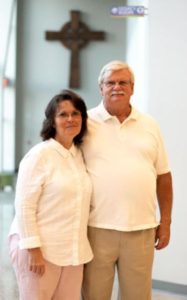
When the church put together a building committee to construct a new family life center, Vic and I were both on it. We worked together on closing out things in the old church, on working with the architect as he developed concepts. Once construction started, Vic was our eyes and ears in daily dealing with the contractor. His knowledge of how construction took place was invaluable during that time. He and I and some others conducted the final inspection of the new building. Together we looked for those nicks and dings and bigger items that the contractor might have overlooked.
Later, he came to work where I worked, CEI Engineering, as a construction observer. He and I worked together on getting contractors to do the right thing on various development and public works projects. Vic wasn’t much on paperwork. which drove me nuts. I had to keep after him to fill out daily reports. But he sure knew construction, knew his way around a job site, knew how to handle contractors, make them follow the construction plans. The local business slowdown hit NW Arkansas in 2006, ahead of the rest of the country, and Vic was laid off by our company the next year.
After that, we kind of drifted apart. Life circumstances resulted in our having different goals and going in different directions in life. We saw each other at church, but Lynda and I stopped going out to eat due to salary cuts. Eventually we quit the evening get-togethers. Whenever we did get together it was good times as always. During these later years, Vic was heavily involved in physical needs at the church. He ran cables, worked the sound booth, maintained just about anything and everything inside the buildings and on the grounds. He was the guy you would see bring a new microphone to the platform in the middle of a church service when the pastor’s mic died. When someone needed to climb a ladder to push the reset button on the ceiling-mounted projector, Vic would be the one to climb, as five of us down below would steady the ladder and encourage him.
The last paragraph really understates all that Vic did for the church. He truly had a servant’s heart and followed that up with action. If he saw a need he moved to fulfill it. He didn’t need to be asked. Yet, if you did ask him for anything he would do it. He had the gifts of both serving and helping.
Vic will be much missed by many people. We mourn, along with his family. What will help all who do mourn him is knowing that Vic has now heard those words from his heavenly Father that we all long to hear: “Well done, good and faithful servant. Enter now into the joy of the Lord.”
